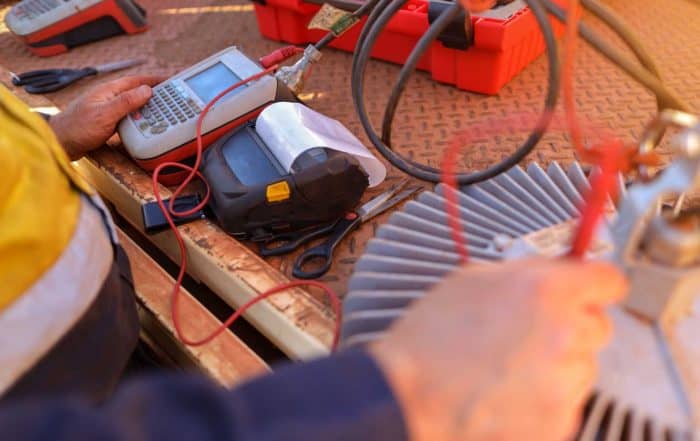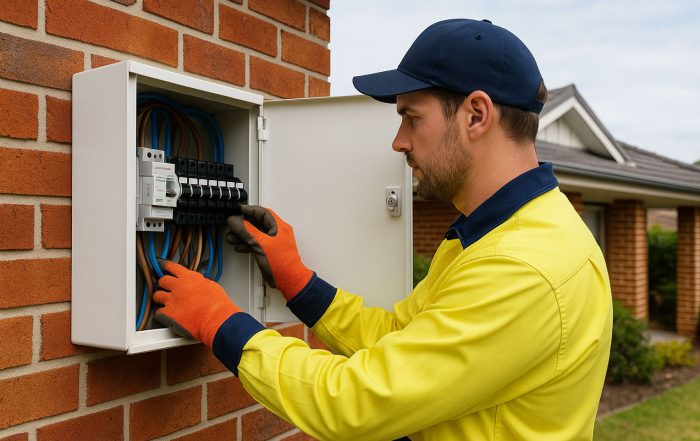Is Going Solar Worth It?
Is Going Solar Worth It?
When solar energy first came onto the scene, it was neither affordable nor economical for most people. Instead, it was a specialty relegated mainly to the wealthy and for people who cared more about the environment than their back pocket..
Between then and now, as energy prices have continued to rise and interest in green, renewable energy sources has grown, going solar has become more popular. At the same time, solar panels have become more powerful and more efficient. Likewise, falling prices and a bevy of government incentives have attracted more people to solar.
Still, many wonder if the pros of going solar outweigh the cons, and if the investment in solar really is worth it.
How Solar Energy Works
During the day, cells in solar panels convert sunlight to energy via what is called the photovoltaic (PV) effect. This energy is in direct current (DC) form. A feature called an inverter transforms this energy into alternating current (AC) form, which is what most appliances use. After that, a switchboard routes the AC energy to household appliances.
You can use the solar energy instead of buying energy off the grid. Alternatively, you can sell some of that converted energy back to the grid, but it is usually more efficient to use the energy rather than sell it.
An optional feature is a solar battery, which stores extra energy so you can use it during the dark hours when no solar energy is being created. This lowers your bills even more, but it has some drawbacks, namely the additional cost which increases the time for the return on your investment to occur. In fact, sometimes the battery’s life is about the same as the time needed for the system to begin paying for itself, often negating its value. In some circumstances it is a wise choice, but as always, you should carefully consider your needs before making a decision.
How Many Panels Do I Need?
Naturally, the more panels you have, the greater the output will be. Choosing the number of panels involves a number of questions:
- Do you want to reduce your utility bills, or do you want to eliminate them entirely?
- How much sunlight do you typically get in your area?
- How much of a factor, if any, is shade on your roof? Are there ways to mitigate or remove it?
- What is the angle and orientation of your roof? In Australia, solar panels generate the most energy when they are north-facing.
- How much energy do you consume, especially in summer and winter?
- Do you consume more energy during the night or during the day?
For residential use, solar systems in Australia mostly range from 3kW to 10kW.
What Are the Costs?
As we already discussed, prices early on were prohibitively high for most people. Since 2010, though, thanks to installation becoming more streamlined and manufacturers attaining economies of scale, prices have gone down substantially. As recently as 2012, going solar was nearly three times as expensive as it is now. In addition, federal incentives can now cover up to 40% of the cost.
Solar panel costs vary by month and by state, so the numbers we’re about to share, which are recent and specific to cities, could be quite different a year or even a month from now. However, they should provide a general idea of what to expect.
These prices include federal subsidies but not state ones. Not all states offer subsidies anymore, but if you’re in one that does, your costs could be even lower.
Rather than bog you down in details and numbers, we’ll look at just the high and low ends of costs to install the smallest and largest systems. Of course, we’ll look at Sydney as well!
A 3kW system in Perth was $2,840; in Darwin, it was $7360. At the 10kW end, it was $7,830 in Canberra and $13,000 in Darwin.
The national average was $4,110 for 3kW and $10,320 for 10kW.
Good news for us though, Sydney was lower than the national average (NA) in all categories. Here’s a closer look:
- 3kW– $3,440 for Sydney vs NA of $4,110
- 4kW– $4,020 for Sydney vs NA of $4,780
- 5kW– $4,390 for Sydney vs NA of $5,250
- 6kW– $4,860 for Sydney vs NA of $5,790
- 7kW– $5,960 for Sydney vs NA of $7,050
- 10kW– $9,210 for Sydney vs NA of $10,320
Again, the numbers could change quickly, but there is a clear pattern that in Sydney, the bigger you go, the better you beat the national average.
Going forward, expectations are that prices will continue to go down, but not as rapidly as they have the past few years. Performance and efficiency continue to improve, but with the production problems largely resolved and savings already passed on to consumers, the rate will slow but is not expected to stop or reverse.
What Are the Benefits?
An obvious benefit is the environmental impact of going solar. As we grow more concerned about climate change and our consumption of finite resources, harvesting renewable, infinite energy from our Sun is a step in the right direction.
True as that is, there are also very real financial benefits:
Because you are using energy your solar panels produce, you are using less energy from the grid. Translation: your bills are lower.
If you generate more energy than you need, you can even sell it back to the grid. Rates vary by state, but you can literally profit from creating and storing energy. To be clear, though, this is usually not cash sent to you but instead reflected as a reduction in your bill. Also, as we noted before, it’s usually more beneficial to you if you use the energy instead of selling it back.
When Does It Pay for Itself?
At last, we get to the big question, or at least the biggest one after how much it costs. The initial layout is not insignificant, and of course we want to know how long it will take until we can make that money back and start truly saving.
As always, it depends. It depends on where you are, how much you invested, and what rebates and other incentives are available.
On average, it takes Australians almost 6 years for solar to pay for itself, with an 18% return on investment (ROI). Sydney, though, beats the averages once again: the average ROI is just under 5 years and with a 20% ROI. Some homeowners see a return in as little as 3 years with over 30% ROI.
Conclusion: Yes, Going Solar Is Worth It
Unless you’re in your residence short-term, it absolutely makes financial and environmental sense to go solar.
All the same, no one could blame you if this all sounds daunting and confusing. While we’ve tried to spare the trade jargon as much as possible, it’s still perfectly understandable if you have questions.
Faraday Group is here to help you navigate your solar questions, concerns, and roadblocks. We are experts in all things electrical, and we love to help Sydney residents go solar.
There are a lot of solar options out there. For the best advice about the best solar panels and the best plans, contact us today and get a free quote!



